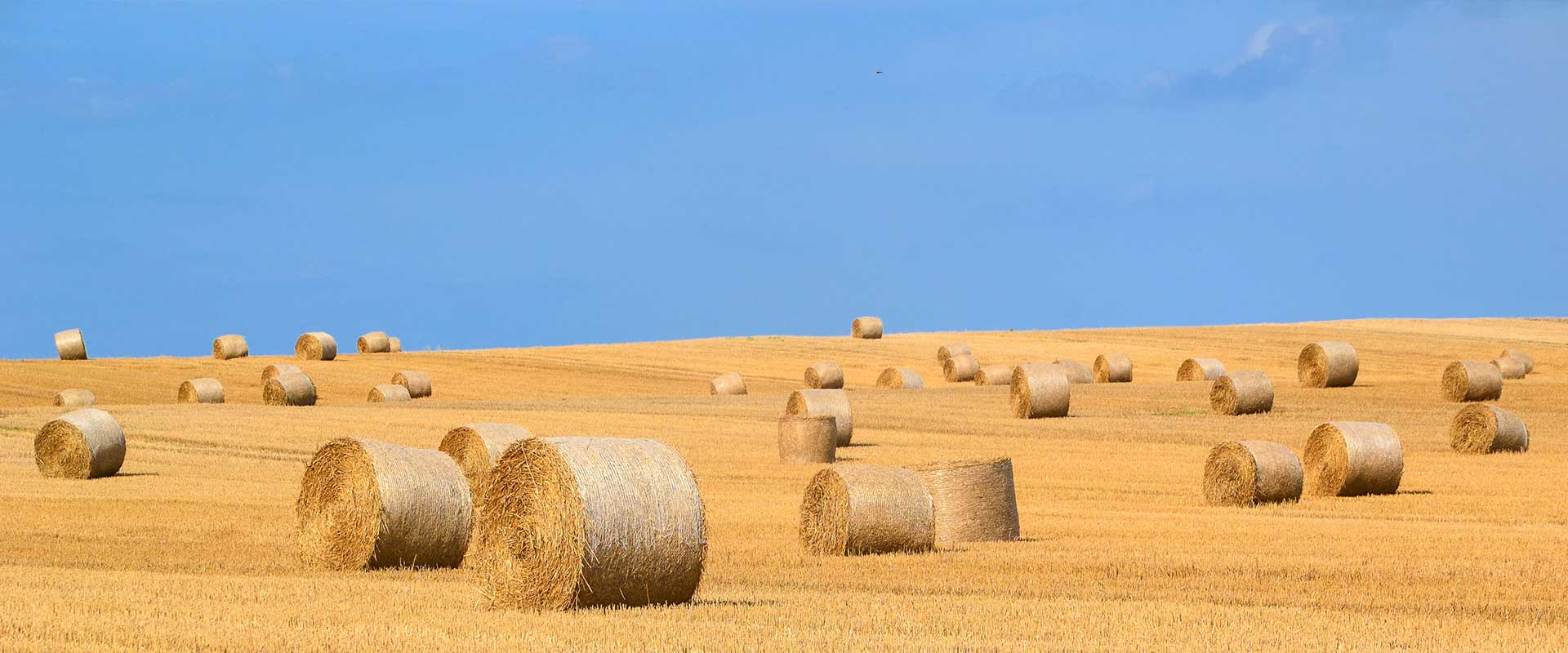Lower Cost Native Restoration of Farmland: Tīmata Method Fact Sheet
May 2023
This six-page fact sheet on the Tīmata Method has been developed for New Zealand land owners.
The Tīmata Method, which in Māori translates to begin, start, kick-off or commence, initiates the natural processes commonly seen by the appearance of seedling mānuka or kānuka that farmers classically have called scrub, which in time (50– 100+ years) is known to evolve into fully restored ngahere (native forest).
The fundamental principles of the Tīmata Method are use of easily propagated and planted nursery crop species, cultivation of plants in small-size (approx. 120ml) root trainers known as “forestry-grade” and fewer trees per hectare than conventional guidelines.
Deployed as a whole, the Tīmata Method lowers the cost of planting and makes more efficient use of time and labour resources. The Tīmata method is particularly suitable for broadscale retirement of steep pastoral land but also riparian and wetland margins using professional forestry preparation and planting methods.
It may be advisable to use higher-grade plants on more challenging sites such as cutover pine and kikuyu pasture.
Source: Retiring Farmland into Ngahere. Report published February 2023. https://ourlandandwater.nz/outputs/retiring-farmland-into-ngahere/
 View Our Strategy Document 2019 – 2024
View Our Strategy Document 2019 – 2024



